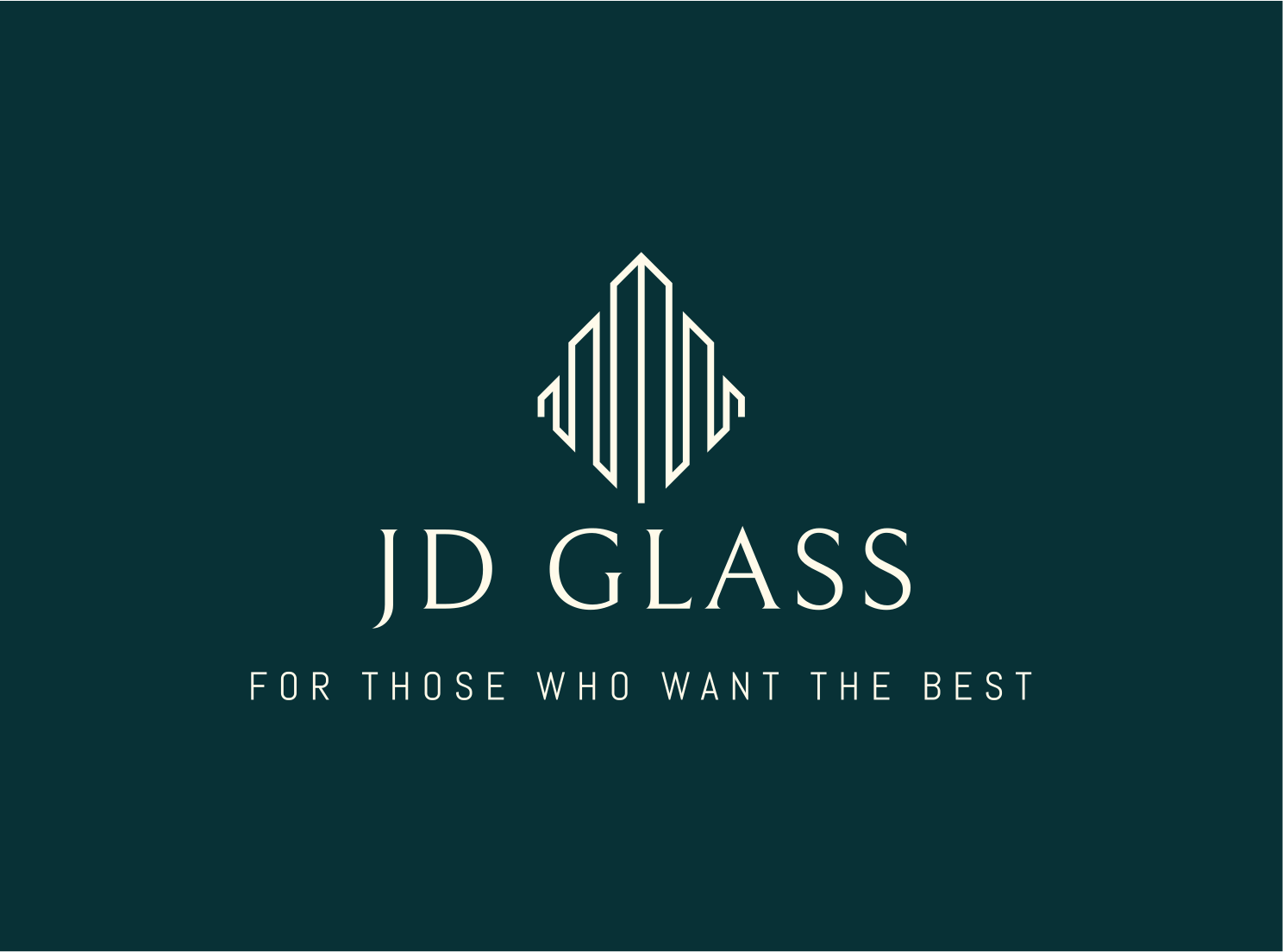Storefront Systems
Understanding Storefront Systems and Recommended Materials
Storefront systems are integral to commercial buildings, providing an inviting, transparent façade that enhances both visibility and aesthetics. These systems typically refer to non-load-bearing, ground-floor installations made from aluminum framing and large glass panels, commonly used for retail spaces, offices, and restaurants.
Key Features of Storefront Systems
1. Aesthetic Appeal: Storefront systems offer a clean, modern look, drawing attention to the business while providing a seamless view of the interior.
2. Cost-Effective: These systems are designed for shorter spans and are relatively easy to install, making them an economical option for smaller-scale projects.
3. Functionality: They improve natural lighting, offer security, and can be designed for thermal efficiency.
Recommended Materials for Storefront Systems
1. Aluminum: Aluminum is the most widely used material for storefront framing due to its durability, lightweight nature, and resistance to corrosion. It also offers design flexibility, with options for different finishes and colors.
2. Glass: The glass used in storefront systems should be chosen carefully. For safety and efficiency, tempered or laminated glass is recommended as it provides added strength and shatter-resistance. Insulated glass units (IGUs), with double or triple glazing, help in improving thermal performance, reducing energy costs while maintaining comfort.
3. Sealants and Gaskets: High-quality weatherproofing materials, such as silicone sealants and rubber gaskets, are crucial for maintaining the integrity of the system, ensuring that the storefront remains watertight and energy-efficient.
4. Thermal Breaks: For better energy efficiency, using aluminum frames with thermal breaks (materials inserted between the frame’s interior and exterior to reduce heat transfer) is advisable. This helps in minimizing temperature fluctuations and condensation.
In conclusion, storefront systems are a perfect blend of style and practicality. By selecting the right materials—aluminum for framing, tempered or insulated glass for transparency, and proper sealants for weatherproofing—businesses can create attractive, functional entrances that also enhance energy efficiency.
